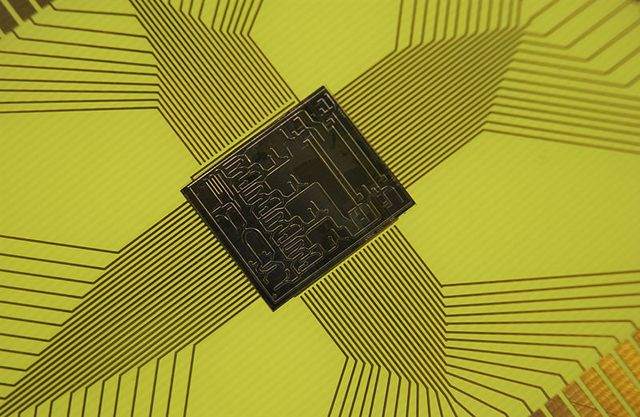Energy harvesting may seem like a pipe dream, but the reality is that it’s not too far away relatively speaking. Microelectromechanical systems, or MEMS, could potentially help.
At the MEMS Congress Europe in Amsterdam, a panel of energy researchers discussed some talking points about just how far off harvesting energy could be.
The opinions ranged from “never” to “quite possibly”, although that conclusion seemed to depend on idealistic visionaries.

Wherever there is a need for measurement or sensors, there is a usable application for MEMS. Considering they are so tiny – in the millimetres at their smallest, not much more at their largest – the devices can be easily placed anywhere and measure direction, sound, and much more.
Professor Eric M Yeatman from Imperial College London said that he and his university had been engaging in quite a lot of activity in energy harvesting, for roughly ten years. Energy Research Centre of the Netherlands (ECN)’s Wim C. Sinke, meanwhile, said that there is most certainly a future for MEMS in sustainable energy.
To appreciate the role of MEMS, Wim said, it is necessary to take a step away and look at the energy sector at large. In terms of trends, there is movement away from central power generation towards a contribution from central systems. There will also be two way traffic – that is, small generators like solar systems feeding into the grid – and there will be multiple technologies acting as one. Microgenerators, storage capacity, wind energy: all of these will work together in an active way to make the whole system work.
The crucial point about MEMS, Sinke said, is that they can provide real time information on consumption and even on the prediction of consumption. Using this data, it is possible to assess energy traffic in a useful way. Think smart meters, but very precise. In some cases, because the devices are so energy efficient, it would also be possible for solar power to provide the energy for MEMS to work – if they’re not generating the power themselves anyway.
Yeatman said that the object is not overall to shave some energy from the world’s productive capacities, but to offer an efficient use of supply.
At this point, an audience member from MEMS company MicroGen pointed out that although there won’t be gains in saved energy directly through MEMS, the indirect route will ultimately save a lot of money. For example, the audience member said, by using sensors in every dryer in America to detect the best point of humidity, you could save billions of dollars by cutting off the cycle at the correct time.
IDTechEx analyst Harry Zervos pointed out that energy harvesting with MEMS has one major problem. The first M in MEMS stands for micro, so as you are downsizing you are also building smaller generators which will create less power. However, Zervos pointed out that there are emerging trends in ultra low power electronics being developed, and there is also a convergence in the kind of power that can be harvested – that is, solar, heat, and vibrational energy all together.
Ultimately the panel held a conversation with the audience that seemed to conclude MEMS can certainly play a role in harvesting energy and sustainable energy. To what degree is still up for debate. It was a difference of opinion between the panel and the audience just how much could potentially be harvested, created, and saved by the tiny devices, but the potential is there for business and for real world applications.






